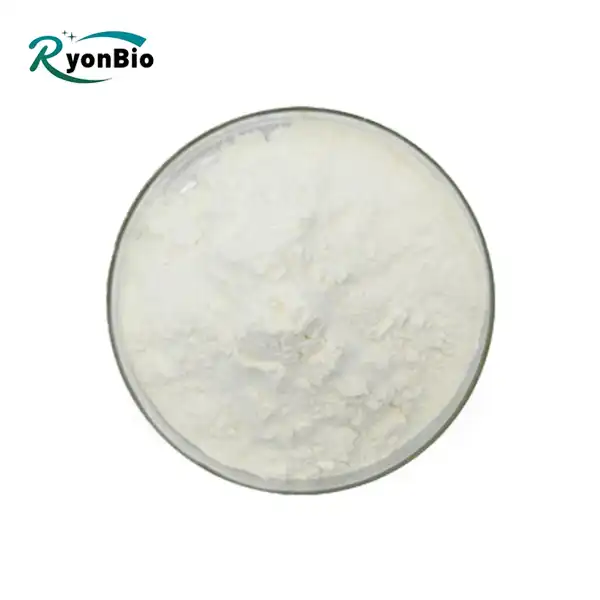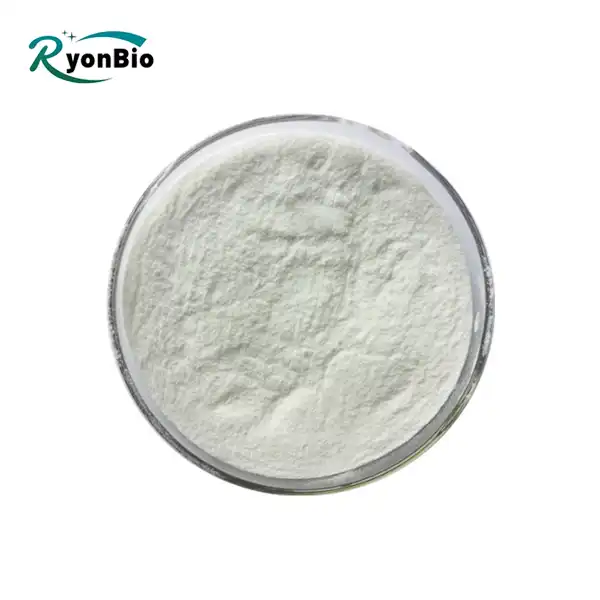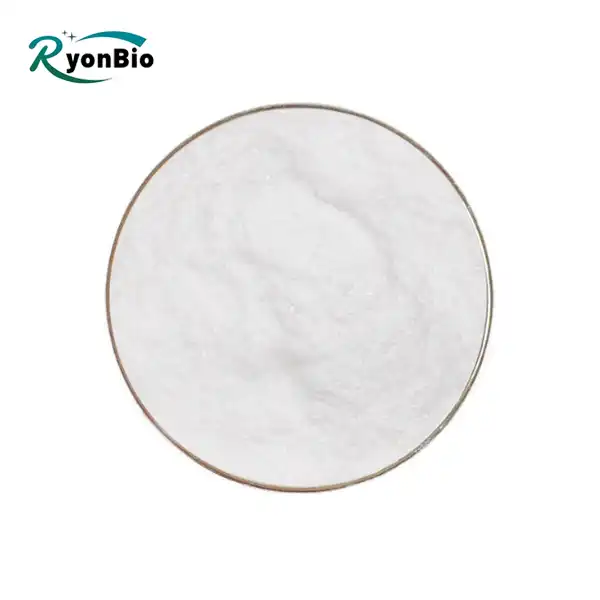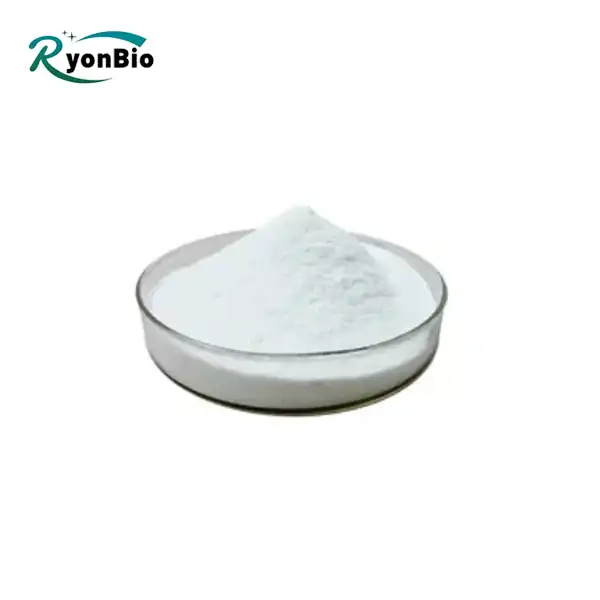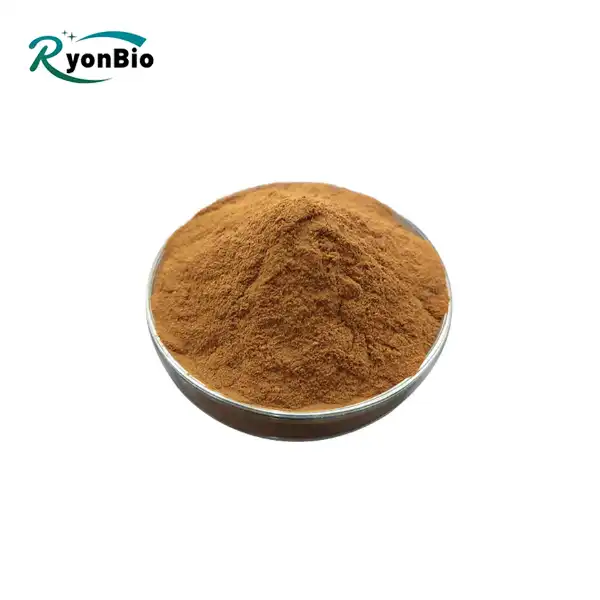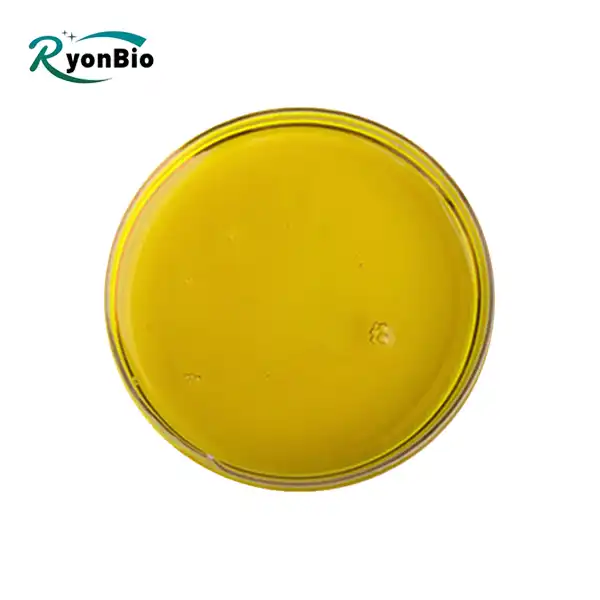As somebody who functions as an expert in the field of natural concentrates and their applications, I frequently need to know how different plant subordinates can be utilized and the way in which they can help. Platycladus Orientalis Leaf Concentrate, otherwise called Biota orientalis leaf extricate, is one such compound that has collected consideration for its possible applications in wellbeing and health, as well as in the corrective business. In this article, I will investigate the meaning of Platycladus Orientalis Leaf Concentrate, its customary purposes, and its arising jobs in current details.

Definition and Source of Platycladus Orientalis Leaf Extract

Platycladus Orientalis Leaf Extract originates from the foliage of the Platycladus orientalis tree, a coniferous species native to East Asia and belonging to the Cupressaceae family. Revered for centuries for its medicinal properties, this tree's leaves are rich in bioactive compounds. The extract is meticulously obtained using methods that capture the essence of these leaves, ensuring the preservation of their therapeutic qualities. Through controlled extraction processes, the extract retains potent antioxidants, phenolic compounds, and other beneficial substances known for their anti-inflammatory and skin-nourishing properties. Platycladus Orientalis Leaf Extract finds application in various skincare formulations and medicinal preparations, harnessing the natural potency of this venerable East Asian botanical. Its sustainable sourcing and extraction methods underscore its role as a valued ingredient in both traditional and modern wellness practices.
Traditional Uses of Platycladus Orientalis Leaf Extract

Traditional uses of Platycladus Orientalis Leaf Extract are deeply rooted in East Asian folk medicine, where the leaves of the Platycladus orientalis tree have played a significant role for centuries. Venerated for their helpful advantages, these leaves are known for their customary applications in clearing heat and mitigating the liver. They have been generally utilized to treat different respiratory illnesses, including hacks and asthma, mirroring their significance in conventional clinical practices across societies in East Asia.
The botanical's long history of use in holistic health approaches and cultural relevance are emphasized. Separates got from Platycladus Orientalis leaves safeguard and upgrade these customary properties, making them appropriate for fuse into contemporary natural cures and skincare details. This consistent coordination of antiquated astuteness with present day logical comprehension empowers the investigation of its restorative potential in tending to current wellbeing concerns and advancing prosperity.
As interest in natural remedies and botanical extracts continues to grow, Platycladus Orientalis Leaf Extract stands out for its rich heritage and versatile applications. Its traditional uses not only highlight its efficacy but also Cacumen Platycladi Orientalis P.E. serve as a bridge between cultural heritage and evidence-based medicine, fostering ongoing research and development in the field of natural healthcare.
Emerging Applications in Modern Formulations
Arising uses of Platycladus Orientalis Leaf Concentrate in current definitions reflect progressing examination into its different likely past conventional medication. Famous for its intense cell reinforcement and calming properties, this concentrate is progressively explored for joining into cutting edge skincare items. By safeguarding the skin from ecological stressors and fighting oxidative pressure, it holds guarantee in forestalling untimely maturing and advancing skin wellbeing. The concentrate's bioactive mixtures are examined for their capacity to improve cell strength and revival, lining up with contemporary requests for powerful, normal based skincare arrangements. As logical investigation grows, Platycladus Orientalis Leaf Concentrate arises as a flexible fixing, crossing over extremely old natural insight with creative corrective science. Its maintainable obtaining and multi-layered benefits highlight its allure in gathering the advancing necessities of present day purchasers looking for effective and ecologically mindful skincare arrangements.

Pharmacological Properties and Research

Pharmacological studies are increasingly unveiling the diverse potential of Platycladus Orientalis Leaf Extract, highlighting its array of beneficial effects in scientific research. Beyond its historical uses in traditional medicine, ongoing investigations suggest promising antimicrobial properties, indicating its potential in combating various pathogens. Additionally, preliminary findings hint at its role in immune modulation, potentially bolstering the body's defense mechanisms against infections and diseases. Moreover, research has begun exploring its cytotoxic effects on certain cancer cells, offering insights into its possible future applications in oncological therapies. Despite these promising initial findings, further comprehensive research is essential to elucidate the underlying mechanisms and validate its efficacy across different contexts. As scientific interest grows, Platycladus Orientalis Leaf Extract stands poised at the intersection of traditional knowledge and modern pharmacology, driving forward exploration into its therapeutic potential.
Safety and Regulatory Considerations
Security and administrative contemplations are basic elements in the use of herbal concentrates like Cacumen Platycladi Orientalis P.E. Concentrate. While generally regarded as safe, ensuring its safety profile involves meticulous attention to sourcing and processing practices. Appropriate development and collecting strategies are significant to keeping up with immaculateness and limiting pollutants. Also, adherence to severe administrative norms is fundamental to ensuring item quality and consistency across definitions. Extensive testing conventions further approve its wellbeing and viability, addressing concerns connected with allergenic potential and unfriendly responses. As interest in plant separates develops inside the beauty care products and medical services enterprises, adherence to administrative rules guarantees purchaser security and encourages trust in these normal based items. Clear naming and straightforwardness in regards to extraction techniques and fixing immaculateness add to informed customer decisions, advancing the dependable utilization of Platycladus Orientalis Leaf Concentrate in different applications.
Conclusion
Platycladus Orientalis Leaf Extract is a valuable botanical extract with a rich history and promising potential. As we continue to explore its applications and benefits, it is crucial to approach its use with scientific rigor and respect for traditional knowledge.
If you want to learn more about this kind of Platycladus Orientalis Leaf Extract, welcome to contact us at :kiyo@xarbkj.com
References
1.Chen, Y., et al. "Antioxidant and anti-inflammatory activities of leaf extracts from Platycladus orientalis." Journal of Ethnopharmacology, vol. 145, no. 1, 2013, pp. 416-420.
2.Lee, J. S., et al. "Phenolic constituents of Platycladus orientalis and their antioxidant activity." Natural Product Communications, vol. 10, no. 4, 2015, pp. 643-646.
3.Hu, L., et al. "Chemical constituents and biological activities of Platycladus orientalis: A review." Natural Product Research, vol. 33, no. 21, 2019, pp. 3097-3107.
4.Zheng, G., et al. "Anti-inflammatory activities of Platycladus orientalis leaf extract in vitro and in vivo." Pharmaceutical Biology, vol. 55, no. 1, 2017, pp. 481-487.
5.Jeong, J. B., et al. "Anti-wrinkle and anti-inflammatory effects of Platycladus orientalis extracts." Experimental Dermatology, vol. 24, no. 2, 2015, pp. 150-154.
6.Yang, L., et al. "Protective effects of Platycladus orientalis leaf extract on UVB-induced damage in human keratinocytes." Pharmaceutical Biology, vol. 54, no. 9, 2016, pp. 1831-1838.
